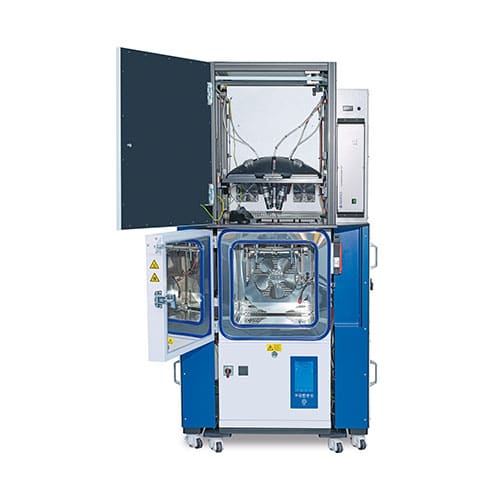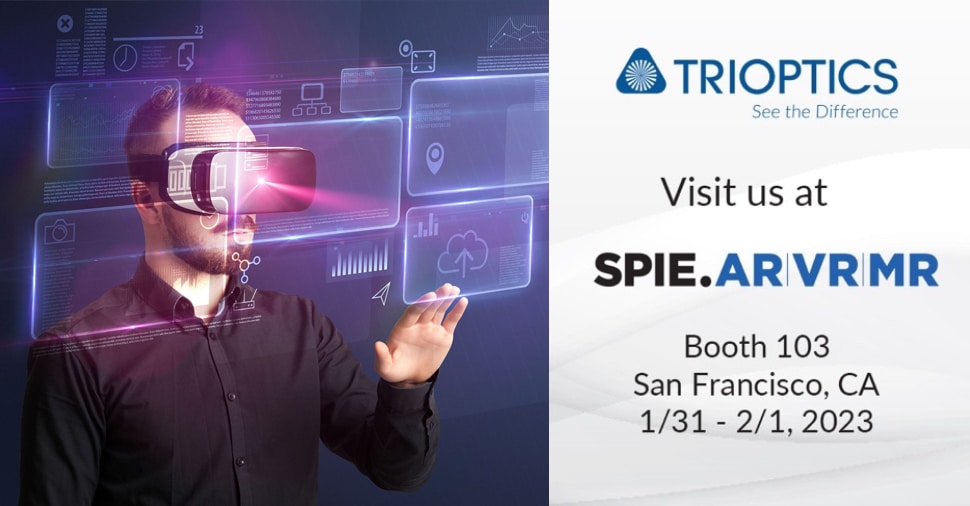Image quality testing of electronic camera modules now possible
in temperature range of -40°C to +120°C
Image quality testing of electronic camera modules now possible in temperature range of -40°C to +120°C
Camera systems used in safety-critical applications, such as automotive, defense and surveillance, are exposed to a wide range of temperatures. From extreme sub-zero temperatures in Siberia or Canada to record-breaking heat in California or Australia. And despite these highly variable temperature conditions, the cameras must be able to detect and classify safety-relevant objects without performance problems.
“Ensuring that the cameras deliver reliable image quality under these extreme temperatures is an important aspect for camera manufacturers,” says Product Manager Dr. Dirk Seebaum from TRIOPTICS. “Therefore, the cameras have to be tested extensively before they can be safely integrated into a vehicle, drone or surveillance system.”
But qualifying camera performance under real-world conditions is time-consuming and expensive, so a more cost-effective solution is needed: the simulation of different temperatures and repeatable measurement conditions.
With the introduction of the new CamTest TempControl from TRIOPTICS, manufacturers can now test camera performance at different temperatures in the laboratory. “The comprehensive and highly accurate measurement of camera performance is carried out in a temperature range between -40°C and +120°C and simulates the real temperature conditions in a climatic chamber,” explains Dr. Seebaum.
The measured data on the focus position or tilt of the image plane at different temperatures and their effect on image quality are stored in a database. This enables comprehensive analyses of camera behaviour to identify product optimizations. The software is easy to use. The measuring process can be set individually without programming. The same applies to the creation of customized measurement routines. Using drag and drop, individual measuring routines can be arranged in a flow chart with heating and cooling times to form a measuring process. Another advantage of CamTest TempControl is its exceptional flexibility. Different sensor formats (such as 1:1, 4:3, 16:9 and many more), different spectra (VIS, NIR, LWIR) and changeable measurement positions with regard to azimuth and polar angle can be analyzed or set.
“With TRIOPTICS CamTest TempControl, individually configurable and automated measurement routines are now possible for the precise determination of a wide range of camera types and their characteristics over a large, application-relevant temperature range,” concludes Dr. Seebaum.



